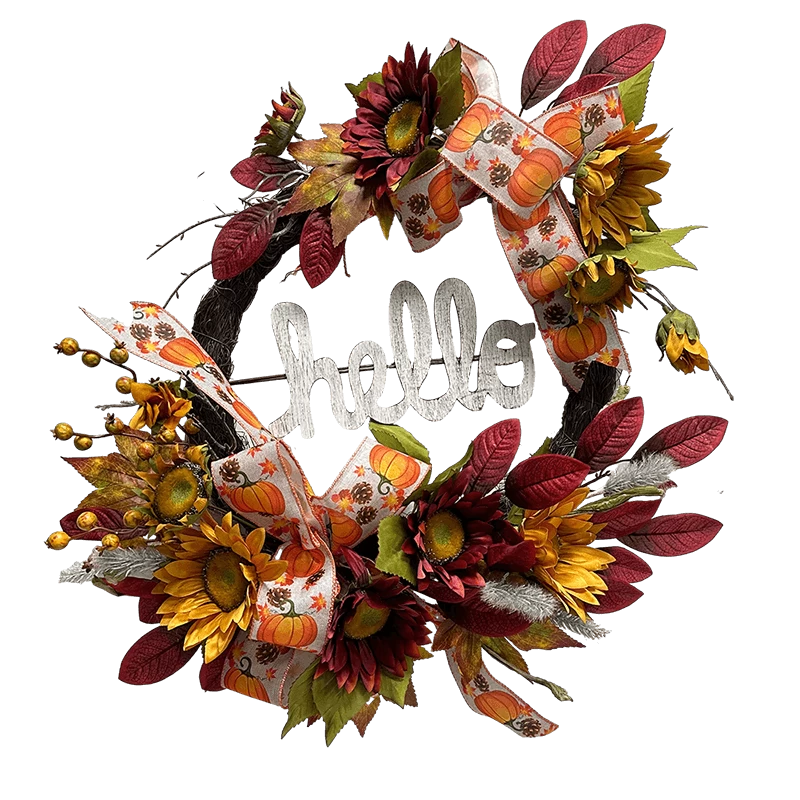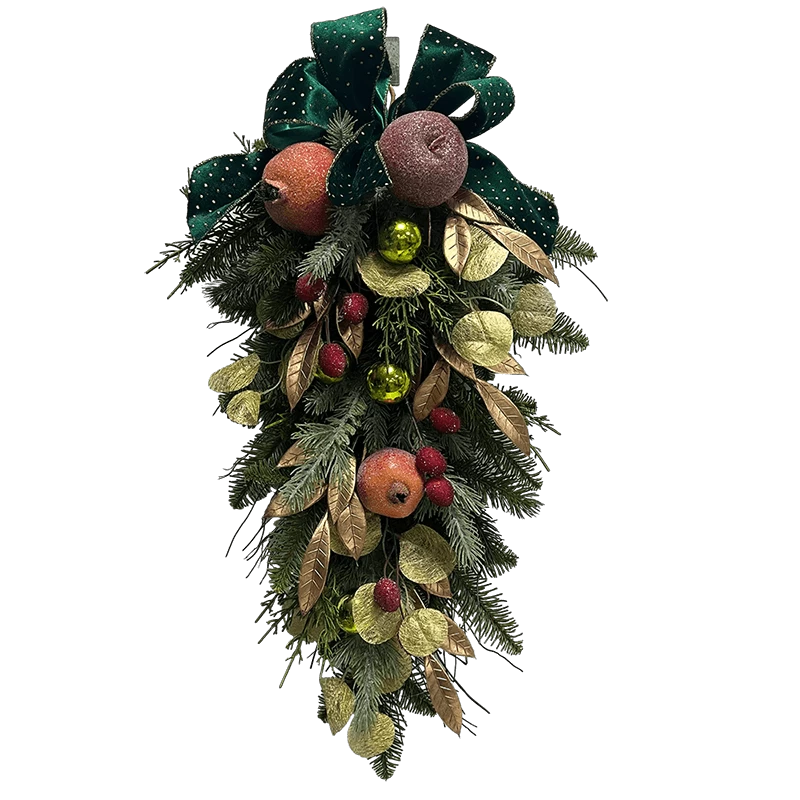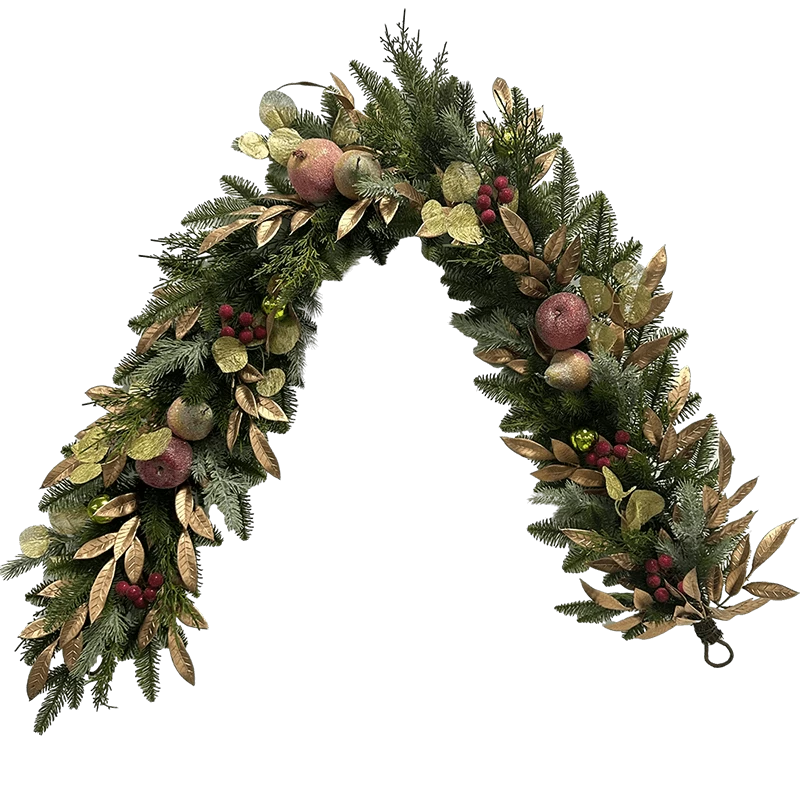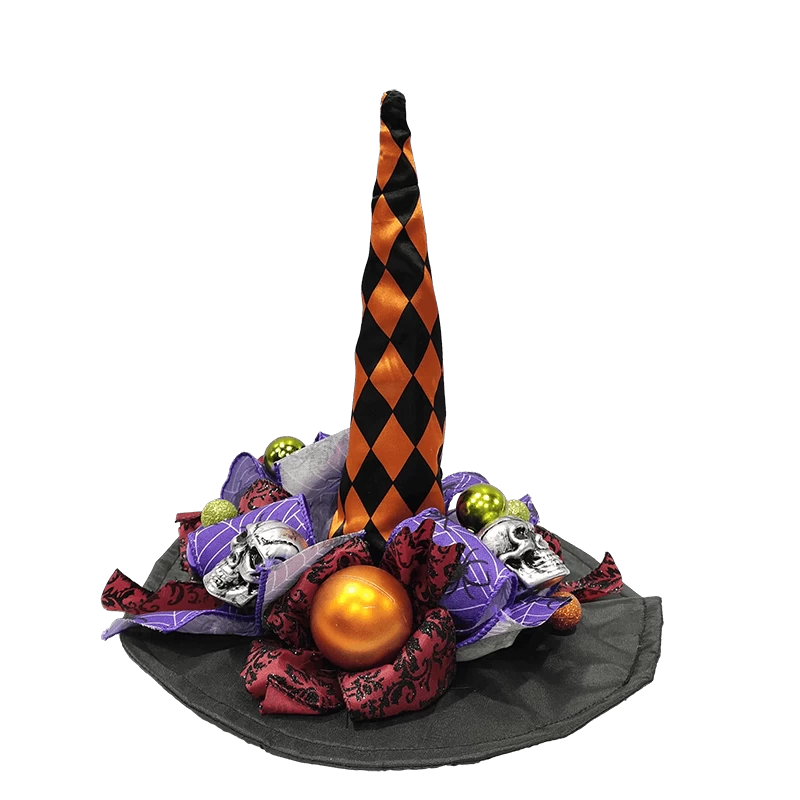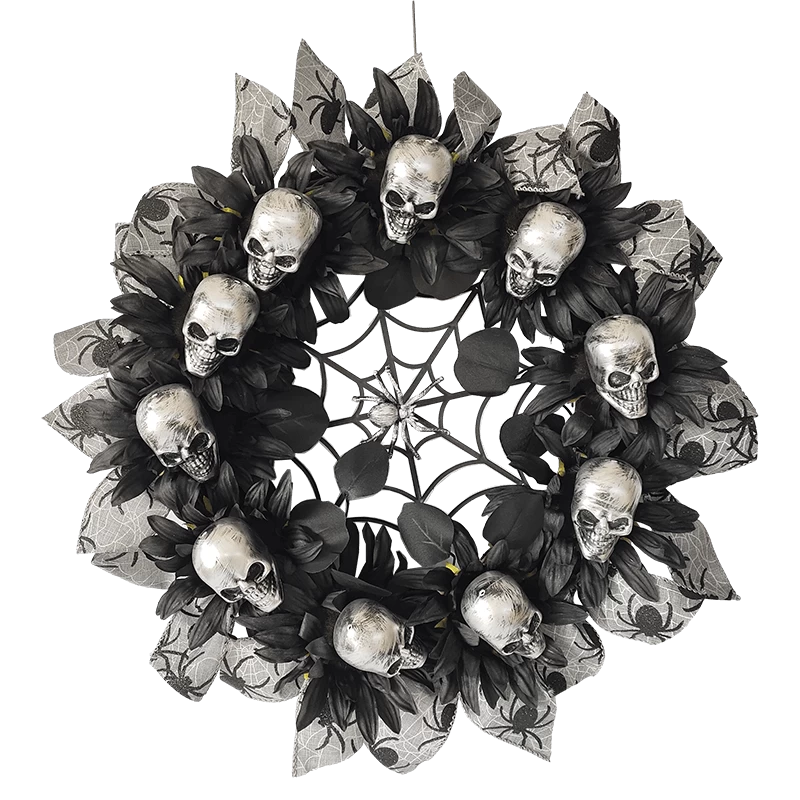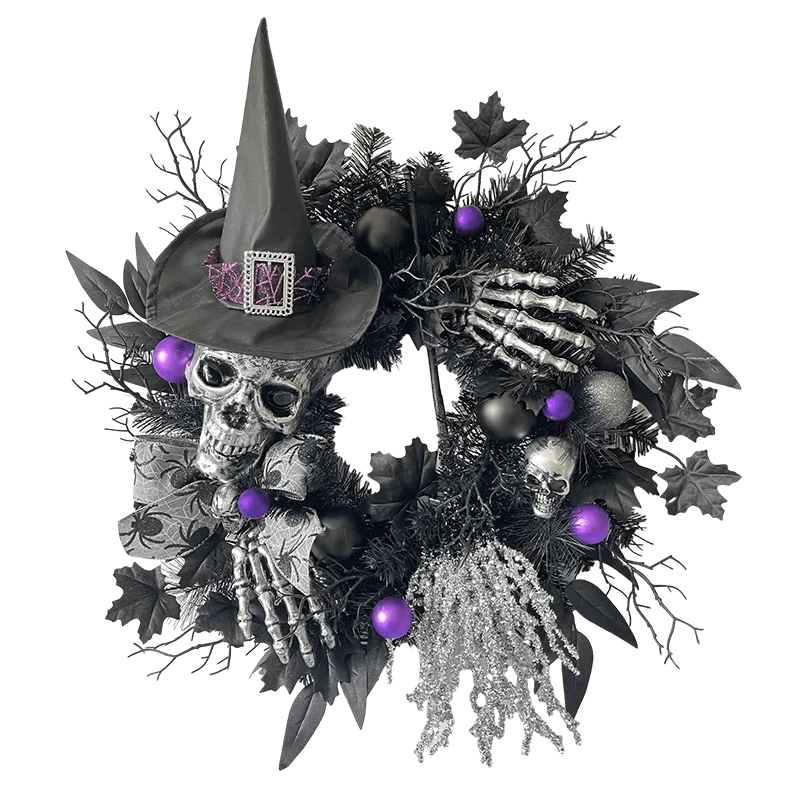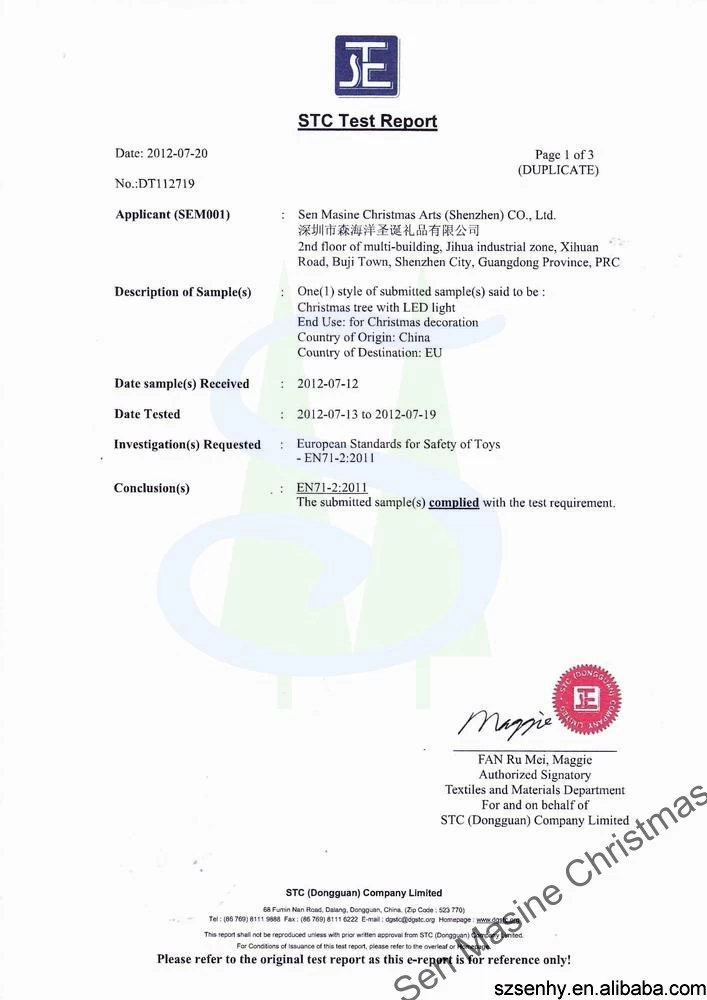A Brief History Of The Christmas Ornament

It’s a simple icon of holiday cheer, but the Christmas bauble comes with an obscure history. Thought to have originated in 16th century Germany, the first ornaments were nothing like what we know today.We call them “Christmas” trees, but the decorative evergreen long pre-dates the celebration of Christmas. Evidence suggests that the practice of adorning the home with evergreen boughs during the winter solstice dates as far back as the ancient Egyptians. The comforting presence of evergreen life offered hope during winter’s cold days and long nights, serving a similar purpose in the various pagan winter solstice rituals of the Druids, Romans, and Vikings.

The ‘modern’ Christmas tree tradition is thought to have originated in 16th century Germany, where small evergreen trees were decorated with the likes of candles, apples, nuts, and berries as “Paradise trees” in church plays. Over time, devout Christians integrated these decorated trees into their homes during the holiday season. The tradition, which became a Christian ritual, began to spread across Europe.
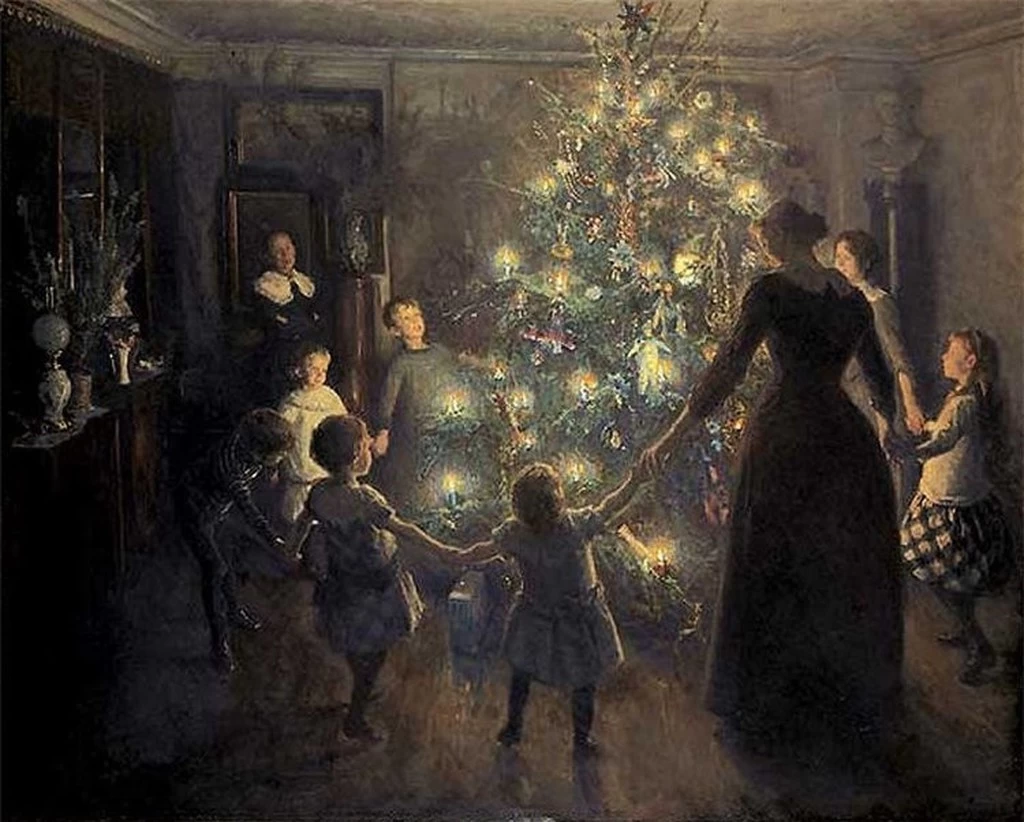
German immigrants brought this practice to America in the 18th and 19th centuries, where it was promptly rejected by Puritanical religious groups for its historically pagan connotations. While it took a while to catch on, small communities of German-born settlers documented the continuation of this practice as early as the mid-1700s.
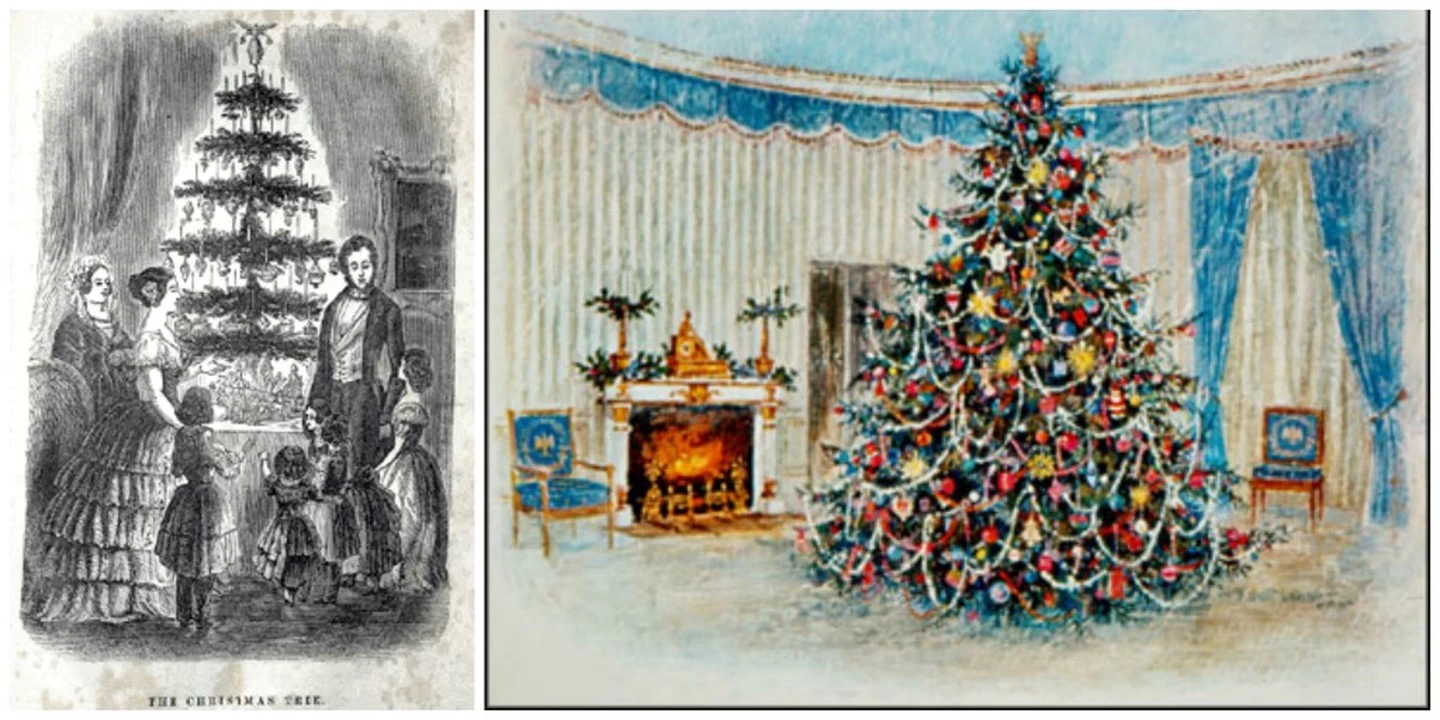
In the late 1840s, a published depiction of the favorable Queen Victoria celebrating Christmas with her German-born husband, Prince Albert, and their family around a decorated evergreen tree transformed the practice into a fashionable one that wealthy Americans soon rushed to adopt. In short order, local businesses caught on to the ornament’s commercial potential.
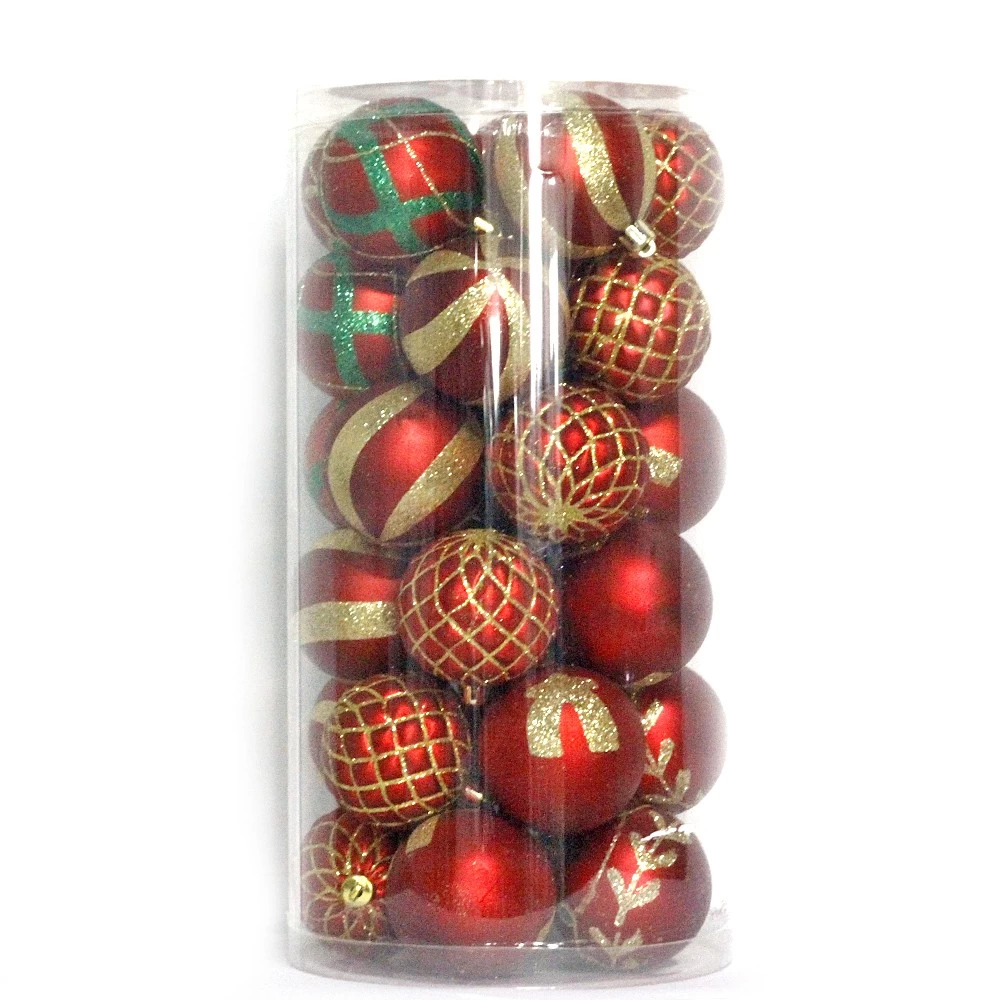
By the 1890s, Woolworth’s Department Store in the United States was selling $25 million in German-imported ornaments made of lead and hand-blown glass. As time went on, tree decorations became increasingly artful, incorporating new materials such as tinsel, silk, and wool.Once the premiere manufacturer of handmade ornaments, Germany was suddenly competing with Japanese and Eastern European mass-production as the Christmas bauble became a globalized commercial venture. By the mid-1930s, over 250,000 ornaments were imported to the United States.

In 1973, Hallmark introduced their “Keepsake” ornaments, which afforded these decorations collectible value. The first collection consisted of glass baubles and little yarn figures, and each successive line of limited-edition ornaments has been unique to the year.Today, the Christmas tree has shed most of its religious significance. Having become a fully-integrated cross-cultural winter tradition, families of all faiths around the world await that beloved time of year when they can dust off their decorations once more.

